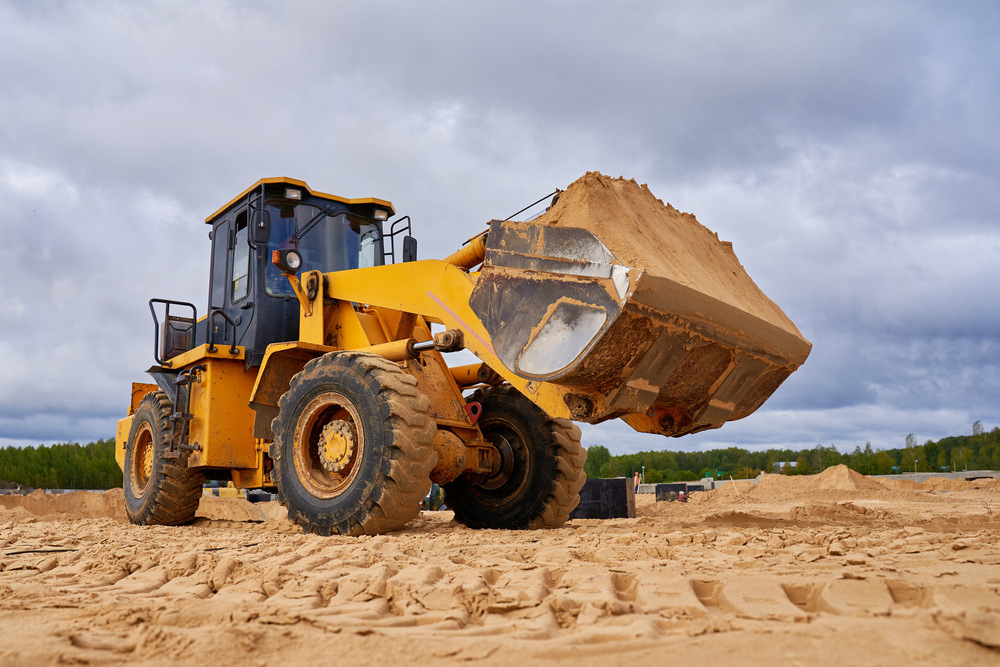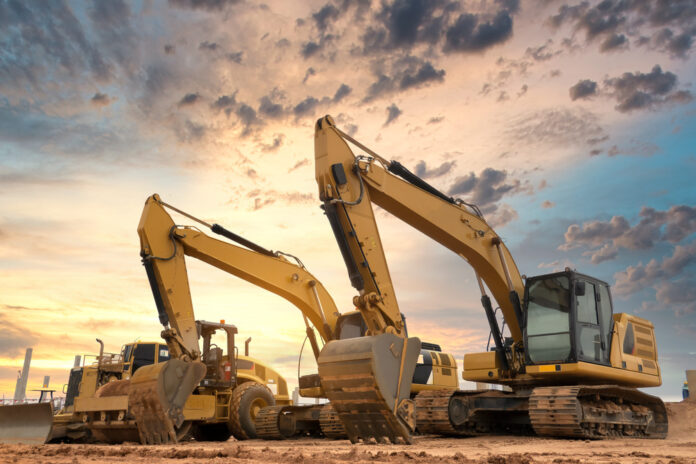As a contractor, you must ensure that your construction equipment is always clean and ready for use. After all, you’ll put them to constant, labor-intensive work around your site. With all your equipment in good working condition, you’ll be able to keep your job site safe and ensure everything will run smoothly.
Keeping your construction equipment clean as often as necessary is a form of preventive maintenance that protects your equipment and helps them retain its value for a long time.
If you need effective and practical tips for cleaning your construction equipment, this article can help you.
- Use A Pressure Washer
A pressure washer is an essential tool in your cleaning arsenal.
Construction equipment typically has a complex structure constantly exposed to dirt, grease, and chemicals around the site. A good commercial power washing equipment is the best go-to machine for cleaning tough and hard-to-reach surfaces of complex machinery. A pressure washer is strong enough to blast away even the toughest dirt and grease, and water finds its way into the tiniest spaces with the pressure it generates. Again, this means even the parts you’d otherwise not be able to reach by hand are cleaned.
For large machinery, the ideal pressure washer is that which can produce at least 4000 PSI at 4 gallons per minute (GPM), which guarantees optimal cleaning.
There are two types of pressure washers: electric and gas. Electric-run washers are a good choice in keeping with your sustainability goals, although you might need strategically placed outlets for them. Gas-powered washers, on the other hand, are more powerful and flexible but will increase your carbon footprint. If you’re seeking for the greatest pressure washer for your company, check out Hotsy Equipment Company as they provide different commercial pressure washer that can help you get what you need to get the job done.
Additional tip: it’s advisable to use warm water when using pressure washers. It is several times more effective than cold water in breaking down grease and oils, and reducing the amount of bacteria left by organic wastes.

- Have The Right Cleaning Products
It would make a significant difference to have the right and good-quality tools and cleaning products for construction equipment.
To cleanse off inorganic particles, such as sand and gravel, you can use friction detergents, which are high in surfactants and chelating agents. For organic matter, such as grease and animal waste, you can use warm water or a degreaser, which you’ll need for the parts that require regular lubrication, like tires and engines.
You may also need a brush or sponge when you apply soap and water. Another tool you need is a wire brush to scrub off stubborn marks from different surfaces, be it the engines, tires, or other machinery parts. Sandpaper can also help when scrubbing off tough stains.
- Set Up Your Wash Bay
A wash bay is a spot specially designated for cleaning large equipment. Setting up a wash bay makes cleaning easier and more convenient. It helps to contain chemicals, grease, silt, etc., so it allows for the proper disposal of waste. Simply put, it can prevent contaminants from finding their way into the environment. These harmful substances can end up causing harm to groundwater reservoirs and soil.
In setting up a wash bay, you may need to tap the help of a local wastewater-management contractor to make certain your wash bay design follows local and state regulations.
A roofed design is often recommended to divert rainwater (since it takes a different route for treatment), and thus keep it separated from wash bay wastewater.
As for the size, you need to consider that it can accommodate your largest equipment. Also, make sure there’s plenty of room for storage and the tools or supplies you need during the cleaning.
Mobility is a feature you can also want to factor in when designing a wash bay. A movable wash bay lets you clean equipment conveniently in several places on your site. It gives you ease of access and, therefore, makes the workflow faster and more efficient.
When setting up your wash bay, ensure it’s tidy before starting the task. You might also want to make sure there’s a proper, easily accessible source of water. This way, when it comes time to clean your construction equipment, you are sure it will be smooth sailing.
- Make Sure To Wear Protective Gear
Cleaning construction equipment involves hot or warm water, wastewater, and strong cleaning agents. To reduce your exposure to potential hazards, you need to wear protective gear that should cover your face and entire body, which includes the following:
- Protective gloves
- Chemical-splash goggles
- Hearing protection, such as earplugs
- Protective footwear
- Respiratory protection
- Thick pants and jackets
- Face shields and face masks
- Hardhat (especially in an unroofed wash bay)
In sum, since you’re still close to or inside the site, you’ll need protective gear at all times to minimize the possibility of incurring any injury while cleaning your construction equipment.
- Make Time For Regular, Systematic Cleaning
Another important tip to consider is to clean your construction equipment regularly. Construction equipment such as excavators, bulldozers, and road roller machines operate in most likely bumpy, dusty, and muddy terrain. Over time, exposure to all these elements will take a toll on the equipment. Without regular upkeep, your machine becomes more prone to breaking down, which is an added cost you want to avoid.
A cleaning routine will prevent natural elements such as mud, dirt, or dust from finding their way into sensitive areas of your equipment. These elements can destroy the electrical components and hasten deterioration, perhaps through rusting.
You must also follow a systematic way of cleaning. First, wash the exterior surfaces and then the interior components. Consider cleaning it in this manner so that no dirt or debris will trickle back inside the machinery. Otherwise, you may find yourself reworking the internal parts all over again.
Takeaway
Cleaning construction equipment won’t be so much of a challenge anymore once you know the best practices from the outset. Of equal importance is procuring the right cleaning tools and equipment to protect your investment and ensure they are always in excellent working condition.

